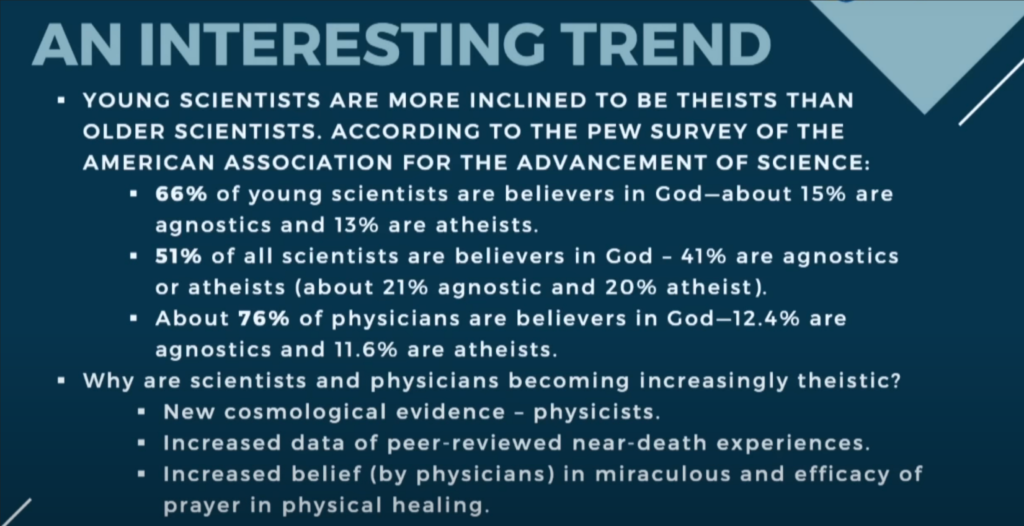How do we know we have a soul? How do we know there’s God? By God’s expression of Himself.
How do we know there’s a soul?
What are those expressions that indicate the presence of the soul?
My favorite saying to give to someone who has very recently lost a pet::
“Until one has loved an animal, a part of one’s soul remains unawakened.”
~~Anatole France
How do we know what is the ultimate power?
Art has a unique capacity to evoke emotions, provoke thought, and express ideas that often transcend the limitations of language. It can convey abstract concepts, deep emotions, spiritual experiences, and universal human truths in ways that mere words often fail to capture. Here’s how art can demonstrate the transcendent:
- Expression of the Ineffable: Art can depict ideas, feelings, or experiences that are hard to express in words—things like the sublime beauty of nature, the depths of human suffering, or the mysteries of love. It can make the ineffable, or the indescribable, seem within reach, transcending normal communicative limitations.
- Connecting to the Universal: Great art can touch on universal experiences, emotions, and themes shared across cultures and eras. This is one reason why art from centuries ago can still resonate with people today. In this sense, art transcends time and culture.
- Spiritual and Religious Themes: Many works of art explore religious and spiritual themes, attempting to convey the transcendental experiences and realities that those belief systems posit. For instance, religious iconography or abstract expressionist works can inspire a sense of the divine or the infinite.
- Abstract Expression: Abstract art, in particular, can transcend the physical world by using non-representational forms to convey emotions or concepts, requiring viewers to engage their imaginations to discern meaning.
- Provoking Empathy: Art can allow one to see the world from someone else’s perspective, fostering empathy and shared understanding. Art transcends the boundaries between individuals by inviting us into another’s experience.
- Altered States of Consciousness: Artistic creations, visual, auditory, or performative, can induce altered states of consciousness, similar to meditation or trance states. This can offer glimpses into a transcendental or spiritual reality beyond our everyday experiences.
In these ways and more, art can transcend every day and open a window into the profound, mystical, and universal human.
The ” soul ” concept has traditionally been associated with religious, philosophical, and metaphysical discussions rather than scientific ones.
Science deals with phenomena that can be empirically tested and verified. At the same time, the concept of the soul, as typically described, falls outside the scope of empirical investigation due to its immaterial and non-physical nature.
However, there have been scientific investigations into phenomena often associated with the concept of a soul, such as consciousness, the mind, near-death experiences, and so on. Here are a few examples:
- Consciousness and the brain: Many studies examine the relationship between consciousness and the physical brain. An example is “Neural Correlates of Consciousness” by Stanislas Dehaene, Jean-Pierre Changeux, and others, which explores how specific brain parts are involved in conscious experiences.
- Near-death experiences: A study by Parnia S, Waller DG, Yeates R, Fenwick P. titled “A qualitative and quantitative study of the incidence, features, and etiology of near-death experiences in cardiac arrest survivors” published in “Resuscitation” in 2001 looked at the phenomena often reported in near-death experiences.
- Past-life memories: Some researchers, notably Dr. Ian Stevenson, formerly of the University of Virginia, researched children’s reports of past-life memories. However, it’s important to note that these studies have been criticized regarding their methodology and interpretation of results.
These studies don’t provide evidence of a soul like many religious and philosophical traditions describe it. Still, they explore phenomena that some might associate with the concept of a soul. As science advances, our understanding of consciousness and the nature of self might continue to evolve.




Some more Science Theory:
A Boltzmann’s brain is a hypothetical concept that comes from the realm of cosmology and theoretical physics. To explain it in simple terms, let’s break it down:
First, you need to understand what thermal fluctuations are. These are random changes in energy that happen in a system. If you had a cup of tea and left it for a while, eventually, it would become the same temperature as the room. But on a microscopic level, there could still be little random energy changes—tiny, brief moments where a bit of the tea is hotter or colder than the rest. That’s thermal fluctuation.
Imagine an enormous system—like, say, the entire universe. Over a long enough period of time, given the idea of thermal fluctuations, it’s possible (though extremely unlikely) that a highly ordered system could randomly appear. This could be anything from a cup of tea to a fully functioning human brain.
That’s what a Boltzmann’s brain is: a fully formed, conscious brain that, according to the laws of quantum physics, could spontaneously and randomly form out of the universe’s chaos due to thermal fluctuations. It’s important to remember, though, that this is incredibly unlikely. But it’s a fascinating concept to consider, and it has implications for our understanding of the universe and consciousness.
